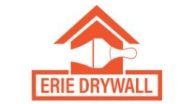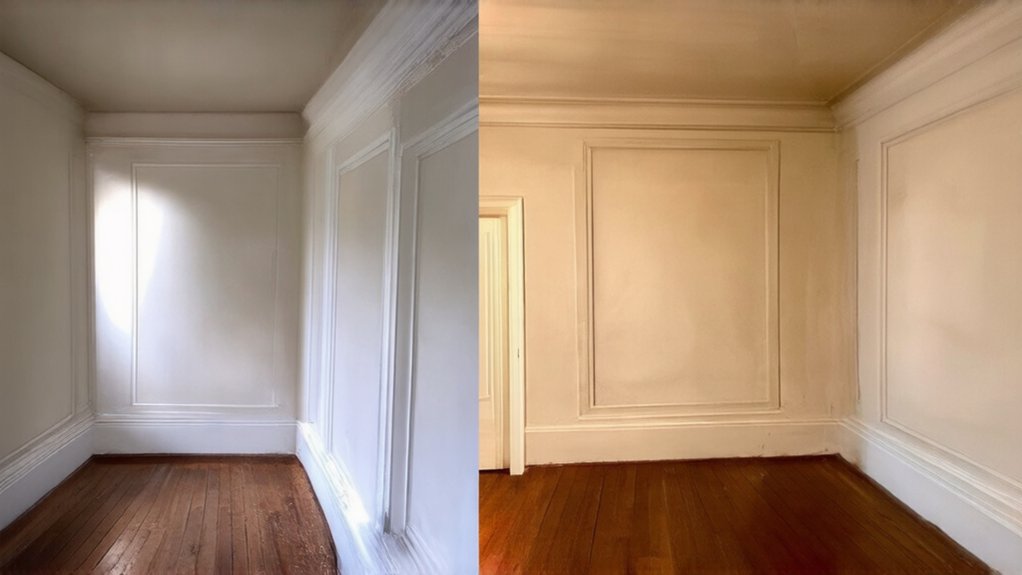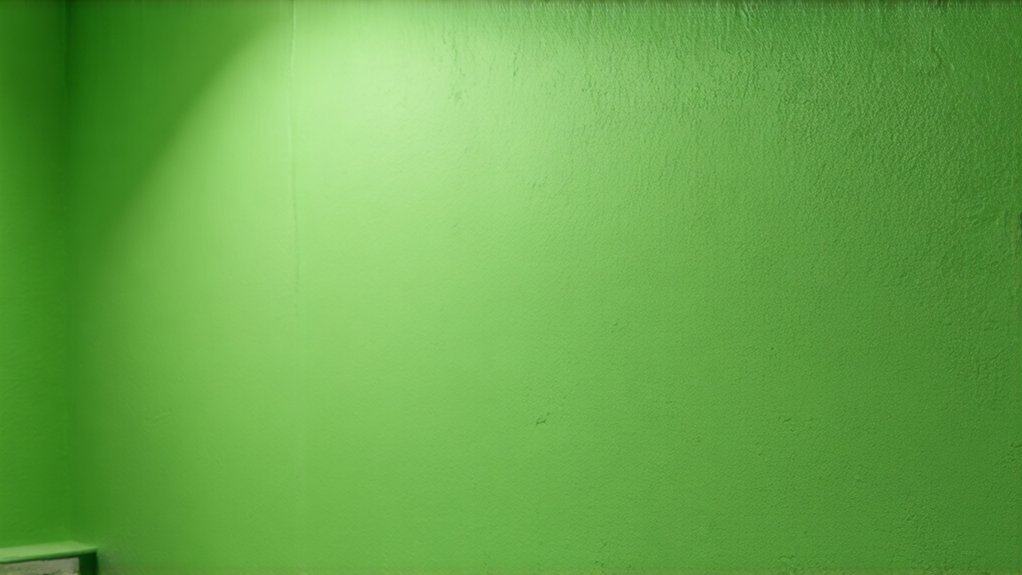For Erie’s historic homes, you’ll face a tough choice between preserving traditional plaster or switching to modern drywall. Plaster offers historical charm and durability, while drywall provides cost-effective, quick installation. Your decision depends on budget, home’s architectural significance, and renovation goals. Plaster requires specialized repairs, but maintains your home’s original character. Drywall’s lighter weight and easier maintenance make it attractive for many homeowners. Stick around to discover more nuanced perspectives into your wall transformation adventure.
Understanding Plaster: Erie’s Historic Wall Material
While Erie’s structural design conveys a rich narrative, plaster walls stand as an enduring record of the city’s historic building methods. You’ll find these walls in many older homes, reflecting craftsmanship that predates modern drywall.
These hand-applied wall coverings reveal historical significance through their unique texture and durability. However, you should know they come with maintenance challenges that can test a homeowner’s patience. Cracks, chips, and potential water damage require specialized repair techniques.
Despite these drawbacks, plaster walls connect you to Erie’s architectural heritage, offering a glimpse into the construction techniques that shaped your community’s distinctive character. Local drywall contractors can provide expert guidance on preserving or replacing these historic wall materials while maintaining the home’s original charm.
Modern Drywall: Advantages for Homeowners
Modern drywall represents a game-changing innovation for homeowners seeking efficient, cost-effective wall solutions. You’ll appreciate its flexible installation process, which allows quicker room alterations compared to traditional plaster. Drywall installation experts in Erie, PA offer specialized techniques that ensure precise cutting, fitting, and seamless finishing for residential projects. Lightweight panels can be easily cut, fitted, and secured, making renovations less labor-intensive and more budget-friendly. When damage occurs, you’ll find drywall’s simplified repair methods incredibly convenient—small holes or cracks can be quickly patched with minimal know-how. Its smooth surface provides a perfect canvas for painting, and modern drywall options offer improved soundproofing and fire-resistant properties, giving you peace of mind and bolstered home performance.
Cost Considerations in Wall Replacement
When evaluating wall replacement options, homeowners quickly realize that cost plays a significant role in their decision-making process. Drywall typically offers a more budget-friendly solution compared to plaster, with lower material costs and faster installation times. You’ll find labor costs for drywall are considerably cheaper, as skilled workers can complete the job more quickly and with less specialized proficiency.
Plaster, while beautiful and traditional, requires more intricate craftsmanship and longer installation periods, driving up overall expenses. For Erie homeowners watching their budget, drywall presents a more economical choice without sacrificing aesthetic appeal or home value.
Preservation vs. Renovation: Making the Right Choice
Homeowners often wrestle with the decision to preserve historic plaster walls or opt for a complete renovation with drywall. Your choice impacts not just aesthetics, but also your home’s character and value.
Historic preservation isn’t just about maintaining old walls; it’s about respecting architectural heritage. If your plaster walls are structurally sound, consider restoration over replacement. Sustainable renovation techniques can help you maintain original features while improving performance.
You’ll want to consult professionals who understand the delicate balance between preservation and modernization. Remember, your home’s story is worth preserving, one wall at a time.
Installation Process and Time Requirements
If you’re planning a wall installation, you’ll rapidly discover that drywall and plaster have distinctly different processes and timelines. Drywall offers minimal drywall prep, allowing you to complete installation faster—often within a few days. You’ll simply hang sheets, tape seams, and apply compound.
Plaster, however, demands extensive plaster repairs and a more labor-intensive approach. You’ll need multiple skilled layers applied by experienced craftsmen, with each coat requiring significant drying time. While plaster takes weeks, drywall provides a quicker solution.
Your choice depends on your project’s timeline, budget, and historical preservation goals.
Long-Term Performance and Maintenance Factors
Because durability and maintenance are critical considerations in wall materials, drywall and plaster exhibit markedly different long-term performance characteristics. You’ll find plaster offers superior structural durability, resisting cracks and maintaining integrity over decades. Drywall, while more affordable, tends to show wear more quickly and requires more frequent repairs.
Aesthetic considerations also play a vital role. Plaster provides a smoother, more polished finish that ages gracefully, while drywall can look outdated and develop visible seams over time. Your choice depends on your home’s age, style, and your willingness to invest in long-term wall quality.
Frequently Asked Questions
Can Plaster Walls Increase My Home’s Historical Value in Erie?
Yes, preserving your plaster walls can augment your Erie home’s historical charm! Careful plaster wall renovations maintain authenticity and value, though the plaster preservation cost might be higher than modern alternatives.
Will Replacing Plaster With Drywall Affect My Home’s Insulation?
You’ll notice reduced thermal resistance when replacing plaster with drywall, potentially impacting your home’s air flow vigor. Consider adding insulation during the swap to maintain energy efficiency and preserve your Erie home’s cozy comfort.
How Do Moisture and Humidity Impact Plaster Versus Drywall Performance?
You’ll find plaster handles moisture better, with superior vapor transmission and crack resistance. Drywall’s more prone to humidity damage. In Erie’s older homes, plaster’s durability gives you a resilient wall surface that’ll withstand your local climate’s challenges.
Are There Tax Incentives for Preserving Original Plaster in Historic Homes?
You’ll find tax credits for historic renovations and government preservation programs can offset costs if you’re maintaining original plaster. These incentives help homeowners preserve Erie’s design/construction heritage while making smart financial decisions.
What Unexpected Challenges Might Arise During Plaster-To-Drywall Conversion?
You’ll face structural integrity concerns and need essential dust containment measures. Unexpected wall damage, hidden moisture issues, and potential asbestos risks can complicate your renovation. Professional assessment is indispensable to maneuver these potential pitfalls smoothly.
Conclusion
When deciding between drywall and plaster for your Erie home, weigh your priorities carefully. Your historic property’s charm might lean toward preservation, but modern practicality could tip the scales. Budget, maintenance, and long-term performance matter most. Whether you’re restoring a century-old gem or updating an aging interior, choose what serves your home’s unique character and your personal needs best.



